You may hear about so many vitamins and minerals that we need to include in our diets but iron is an important one. Our blood is made up of iron and proteins called globins. Our circulation and red blood cell formulation depends on iron to function properly. Without the right amount of iron you can become anemic or deficient in iron. Making sure you add iron fortified cereal to your regular diet is an easy way to remedy this.
How Much Iron Do You Need?
Postmenopausal women and healthy men need about 8 milligrams of iron each day. Women who are under the age of 50 need around 18 milligrams each day in order to make up for the loss of iron they experience through their menstrual cycles. Women who are pregnant need up to 27 milligrams each day to account for their development and help them keep up the rapid growth of their baby.
When it comes to how much iron children need, it is different at every age.
- When an infant is breastfeeding, he or she will get their iron from their mom. When they are around 4 to 6 months old they will begin consuming iron fortified cereal. If the infant is not being breastfed they should be on a formula that is iron fortified.
- From 7 to 12 months of age, infants need 11 milligrams each day of iron.
- Children up to 4 years of age need 7 milligrams of iron every day and kids from 4 to 8 years of age need 10 milligrams. When kids get closer to the teen years, from 9 to 13, they need around 8 milligrams every day.
- Boys older than 13 will need to have about 11 milligrams of iron every day and girls will need 15 because of their menstrual cycle.
- If your young teen is involved in intense sports or exercise on a regular basis, they may need more iron.
How Much Iron Is in Iron Fortified Cereals?
In order to be considered a "fortified" food, according to the Academy of Nutrition and Dietetics, the minerals and vitamins that are being added were not in the original food.
Just about all whole grains have iron in them. Based on the U.S. Department of Agriculture one cup of plain oatmeal has around 2 milligrams of iron. A cup of enriched oatmeal has almost 14 milligrams of iron or almost 80 percent of the daily value that is recommended. You will find enriched cereals that contain from 3.6 milligrams of iron in each serving up to 18 milligrams.
How Can I Know the Iron Content in Cereals?
If you are not sure how much iron your cereal has, check the label to see. If it has 18 milligrams per serving it meets the daily requirement and it is iron-fortified. It may say it right on the front of the package or you may have to look it up.
List of Iron Fortified Cereals You Can Go For
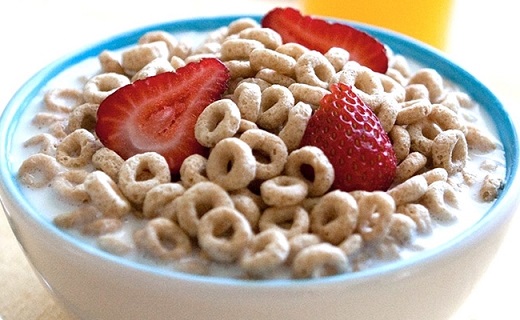 The most common types of food that can be easily added to the body are plant-based food, like cereals. They already contain iron and they are easily consumed in all of their variations. Cereals can be broken down into three different kinds:
The most common types of food that can be easily added to the body are plant-based food, like cereals. They already contain iron and they are easily consumed in all of their variations. Cereals can be broken down into three different kinds:
1. Cold Cereals
This group consists of cereals such as cornflakes, multigrain cheerios and a variety of other cereals that you do not have to cook in order to eat. One cup of cereal has up to 18mg of iron which would take care of what one adult woman requires in a day.
2. Hot Cereals (Instant)
Cereals in this group consist of brown rice cereals and instant oatmeal. They usually have from 10 to 13 mg of iron in each packet.
3. Cooked Whole Grain
In this category you will find quinoa, oatmeal, and cooked pearled barley. Surprisingly cold cereals offer more iron than hot cereals. A bowl of cooked cereal yields around 4.9 to 8.1 mg of iron where cold cereals can give you as much as 1.8 to 21.1 mg. of iron.
|
Cereal |
Iron Content |
|
Millet |
8 mg. for a 100 g serving |
|
Sorghum |
4.2 mg. for 100 g serving |
|
Wheat |
1.2 mg. for 2 tablespoons |
|
Oat |
6.3 mg. for every one packet |
|
Cornflakes |
47% of the daily requirement for 1 cup |
|
Barley |
2.1 mg. for 1 cup |
|
Quinoa |
4.57 mg. for 1 cup uncooked |
|
Bran Flakes |
11 mg. for 1 cup |
|
Iron-Rich Breakfast Cereals |
Iron Content |
|
Ralston Enriched Bran Flakes Cereals |
67 |
|
Kellogg's Complete Oat Bran Flakes |
63 |
|
Multi-Grain Cheerios General Mills Cereals |
62 |
|
Kellogg's Complete Wheat Flakes |
62 |
|
Kellogg's Product 19 |
60 |
|
Whole Grain Total General Mills Cereals |
60 |
|
Dry Pln Malt-O-Meal Cereals |
55 |
List of Iron-Enriched Foods to Include In Your Diet
1. White Bread
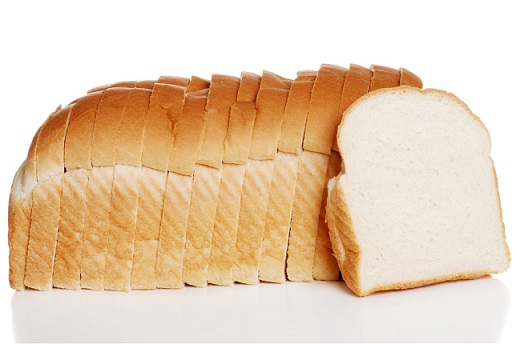
When grains are milled they lost most of the wheat germ and brans that have all of the nutrients in it which includes iron. Adding the grains back in with the iron puts the white bread back to the same nutritional value for iron as whole wheat is concerned. A slice of white bread that has been enriched with iron has 0.9 mg of iron per slice.
2. Pasta
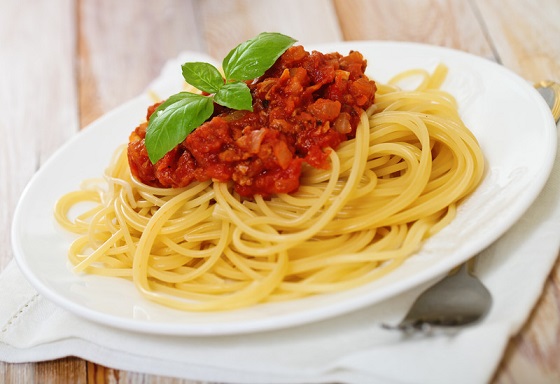
When pasta products are made with refined wheat flour they have been enriched with iron. If you are lacking in iron you should include foods in this group. You will get 2 mg of iron from 1 cup of spaghetti that has been enriched with iron. This would be 11 percent of the required amount of iron for women who are 19 to 50 years old and 25 percent for women who are over the age of 50.
3. Corn Products
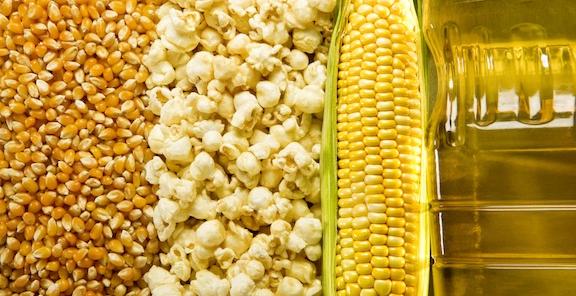
Many corn products,such as grits, tortillas, cornflakes, are enriched with iron. One cup of cornmeal that is enriched has 7 mg of iron.
4. White Rice
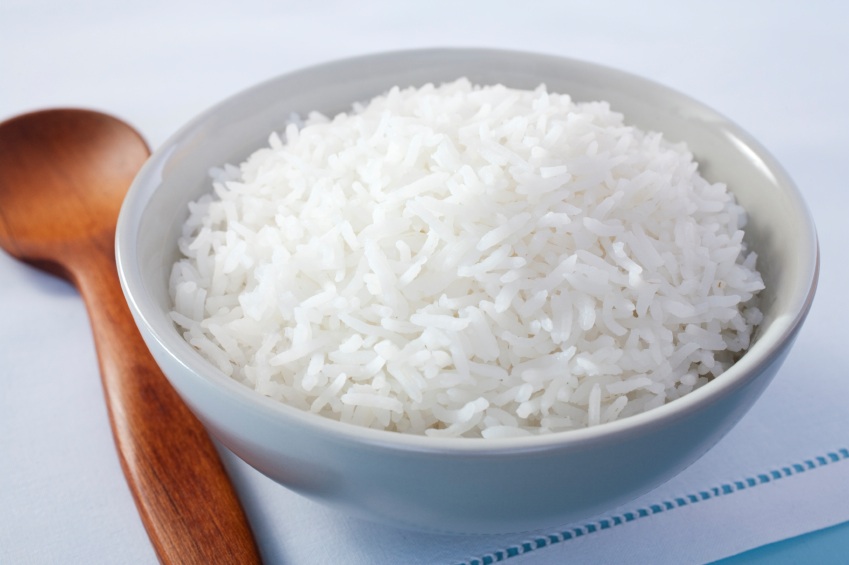
Rice also loses many of its nutrients because of processing. A cup of long-grain cooking rice has 2 mg of iron. You can boost your family's iron intake by serving a side of iron enriched rice as a side dish for dinner.
Enhance Your Absorption of Iron-Rich Foods by Combining with Vitamin C Foods
Eat any of these iron-rich foods with the vitamin C foods below for extra absorption.
- Red meat
- Poultry
- Beans
- Pork
- Seafood
- Peas
- Dried fruits
- Dark leafy greens
- Breads, pastas, and cereals that have been iron-fortified
Please note that the iron in meat is absorbed in larger amount than from other sources. So if you do not want to eat meat for whatever the reason, make sure you eat more other foods rich in iron to meet the requirements.
Foods with Vitamin C
Foods rich in vitamin can help the body to absorb iron in a better manner. So you can enhance your iron absorption by including citrus juice as well as the foods listed below:
- Grapefruit
- Kiwi
- Broccoli
- Melons
- Oranges
- Tomatoes
- Tangerines
- Peppers
- Strawberries
